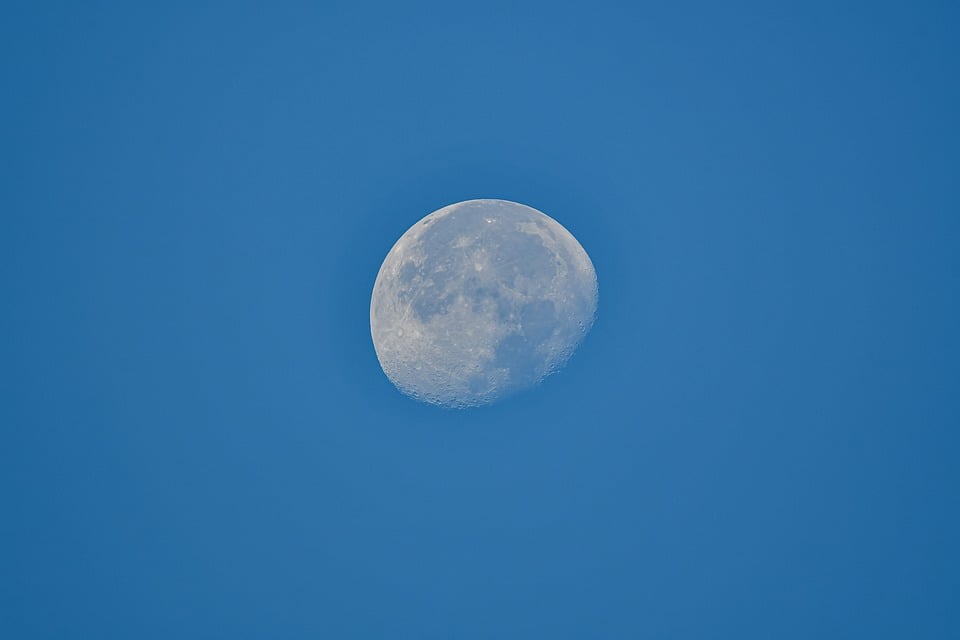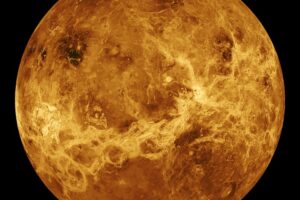One of the most intriguing aspects of Jupiter is its dynamic atmosphere, which is dominated by powerful storms and raging winds. The planet’s iconic Great Red Spot, a massive storm that has been raging for centuries, is just one of many atmospheric phenomena that make Jupiter such a captivating object of study. In recent years, scientists have been able to study Jupiter’s atmosphere in unprecedented detail thanks to missions such as NASA’s Juno spacecraft, which has provided valuable data on the planet’s cloud patterns, atmospheric composition, and magnetic field.
Another key area of interest for researchers is Jupiter’s interior structure, which remains largely unknown. While it is widely believed that Jupiter has a solid core made up of heavy elements such as rock and metal, the exact nature of this core and its size are still a matter of debate. Recent observations and simulations suggest that Jupiter’s core may be larger and more complex than previously thought, with the potential to shed light on the planet’s formation and evolution.
Furthermore, Jupiter’s powerful magnetic field is another fascinating aspect of the planet that scientists are striving to understand. This magnetic field is one of the strongest in the solar system, creating intense radiation belts that can be hazardous to spacecraft and potentially pose a threat to future manned missions to Jupiter. By studying the dynamics of Jupiter’s magnetic field, scientists hope to gain insight into how such fields are generated and maintained in gas giant planets, and how they interact with their environments.
In addition to its internal secrets, Jupiter is also a key player in the formation and evolution of our solar system. As the largest planet, Jupiter exerts a powerful gravitational influence on the other planets and objects in the solar system, shaping their orbits and dynamics. Recent studies suggest that Jupiter may have played a crucial role in the early history of the solar system, potentially acting as a shield that protected Earth from incoming comets and asteroids.
Overall, Jupiter remains a fascinating and enigmatic world that continues to reveal its secrets to eager scientists and astronomers. With ongoing missions to study the planet and new discoveries being made all the time, our understanding of this giant gas giant continues to grow and evolve. Whether it’s unraveling the mysteries of its atmosphere, delving into its interior structure, or exploring its role in the solar system, Jupiter is sure to remain a source of wonder and fascination for generations to come.






























Add Comment